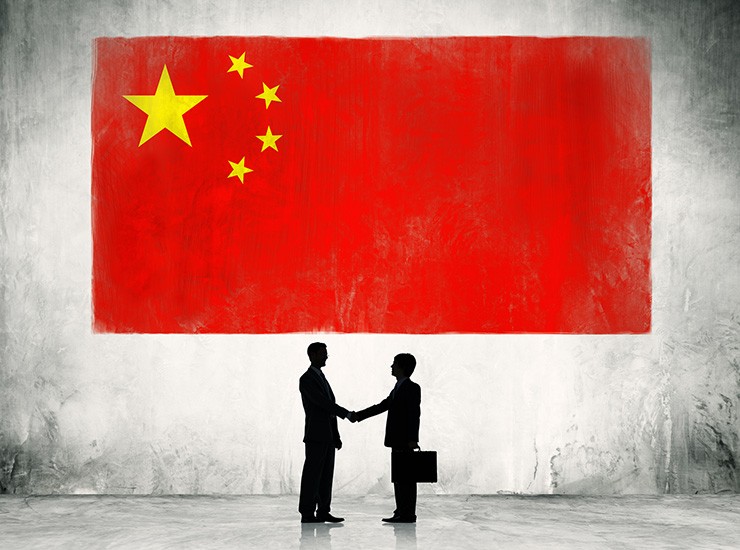
The Chinese Investment
Perhaps no investment opportunity has captured the minds of investors in recent years more than China has. That’s partly because, according to the World Bank, China has been the largest single contributor to world growth since the 2008 financial crisis, and in 2018, the country represented nearly 19% of the world’s population.
Urbanization
Urbanization has single-handedly led to China’s impressive economic growth, and the country will continue to urbanize. It’s taken three decades of economic reform for China’s population to be more urban than rural, and it’s expected that China has another 20 years or more of urbanization ahead of it.
As people shift from living an agrarian lifestyle to an urbanized one, a lot has to happen. Cities need to be built, which means growth in infrastructure, commerce and other services. Economies shift as individuals stop working simply to sustain themselves and begin to specialize. That specialization requires more education, and an educated society is typically a wealthier society. As per capita wealth improves, the quality of life improve. During this entire process, businesses sprout up, many of which create tremendous wealth for shareholders.
A comparison is frequently made between China of just a few years ago and America right before the industrial revolution. Setting aside some fundamental differences between America then and China now, the essence of the comparison is accurate. Growth in the 21st century will likely belong to China, just as growth in the 20th century belonged to the United States. That growth will likely create trillions of dollars in economic output in the coming years, which is why many people continue to consider the investment opportunities in China.
A Plethora of Options
Investors interested in owning a piece of the China investment story have an abundance of investment products available. As would be expected, some options are much better than others, and some options should be avoided altogether or left to the most sophisticated investors.
Many investors may be interested in sticking with what they know, that is, U.S. companies that are growing business in China. They can offer the best of both worlds: the advantage of U.S.-regulated, GAAP-adhering public companies along with the profit growth potential coming from China. A great example of this has been Yum! Brands (YUM), owner of the Pizza Hut, KFC and Taco Bell restaurant concepts. These chains have seen a surge of growth in China and the country has increasingly been a source of profit for the company. Other large-cap companies that derive a significant portion of their profits from China include Nike (NKE), Starbucks (SBUX) and Apple (AAPL).
Investors who are interested in owning a share of companies that list on Chinese exchanges should look to professionally managed funds that focus on China. Many asset managers that offer China-focused funds have analysts on the ground in China that visit and vet companies before investing in them. Many of these funds also hedge their yuan (or renminbi) exposure back to the U.S. dollar, reducing another source of risk for a U.S. investor. Some of these funds do have higher expense ratios than domestic equity funds, which investors should consider before deciding to jump in.
Those investors looking to invest directly in companies should consider focusing on blue-chip companies in China. These companies are readily established, have deep financial operations and a bigger shareholder base, thus offering investors greater safety in a region still characterized by uncertainty.
